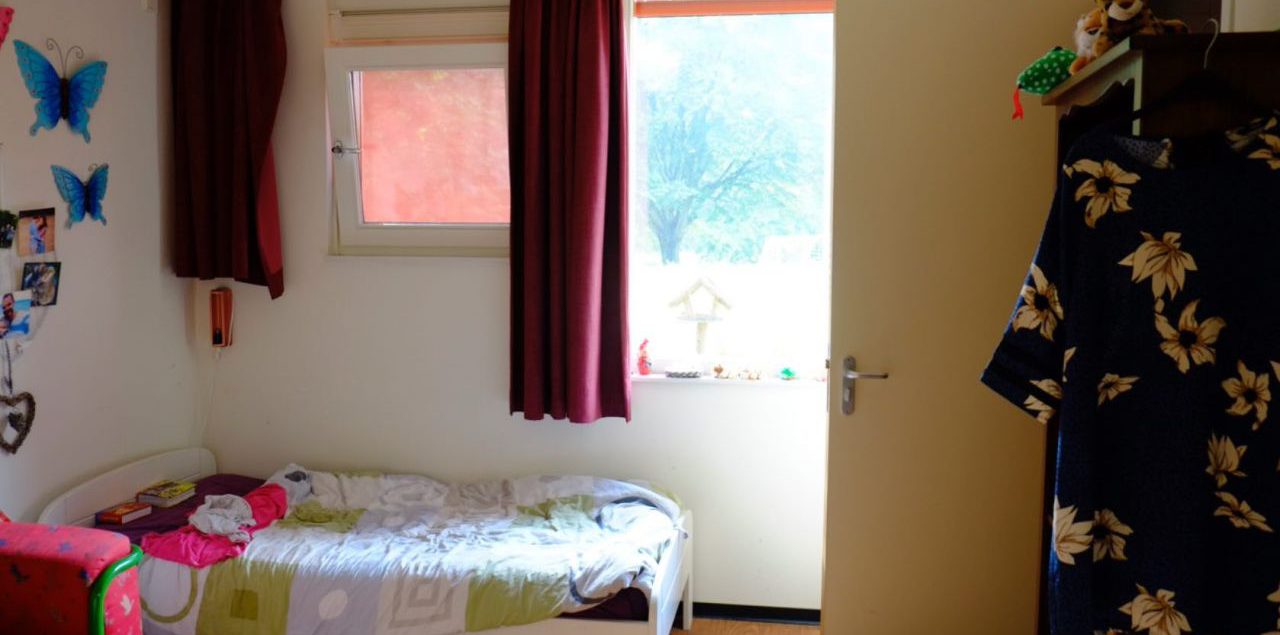The shift in perspective: From designer to researcher – PhD seminar by Berit Ann Roos
What role does intuition play and how does this shift affect motivation and convictions?
As an architect, Berit Ann Roos, designed a very intensive care (VIC) residential facility for intellectually impaired individuals showing challenging behavior. After being five years in use, she studied the building with the research question how architecture can contribute to the quality of life (QoL) of these residents. Over a time span of almost 13 years, four (re)design processes with fundamentally different starting points, a building process, and five years of research from various perspectives took place. Now, in the final year of her PhD she looked back asking what the differences are between a) researching as a designer, that collects data for the design of a building or b) researching as a researcher, the built design after completion. This seminar focusses on how a shift in perspective, from designer to researcher, can influence a person’s motivation and convictions. Also, what role does intuition play in the design and research of buildings? Although it is based upon the personal experiences of Berit Ann Roos, this seminar will discuss these topics in a more general way to reflect on lessons learned.
Motivation, convictions, and values
How does this change in roles (from designer to researcher) affect the initial motivation, and convictions? Did the motivation and conviction to improve the residents’ QoL, by designing a pursued (perfectly) enabling environment for them, change? Is it necessary for an architect to have a strong motivation? How do convictions change through such experiences?
Intuition
Architects tend to work not only based on their knowledge, but also on their intuition. In this case Berit Ann Roos was using her intuition as a designer in various phases:
- Intuition in understanding the user;
- Intuition in addressing the assignment;
- Intuition in designing.
How accurate was her intuition with respect to the users and their needs? Can architects ever really know? How much understanding is necessary to design well? Is a certain professional distance important to better understand the assignment and the user, and to create a design; or is it more valuable to empathize thoroughly with the user and the assignment? Also, how to know if one fights for the right things addressing the assignment? And lastly, what is the (hidden) intuition in the design process?
Date 14/02/2024 – 11.00-12.30
Location: Arenbergkasteel, Heverlee, room R.AE.KAST.Fumoir.432-01.00.06 and online. Participants who want to participate online, please sign up by sending an email to Berit Ann Roos or Ann Heylighen until the 13th of February.

